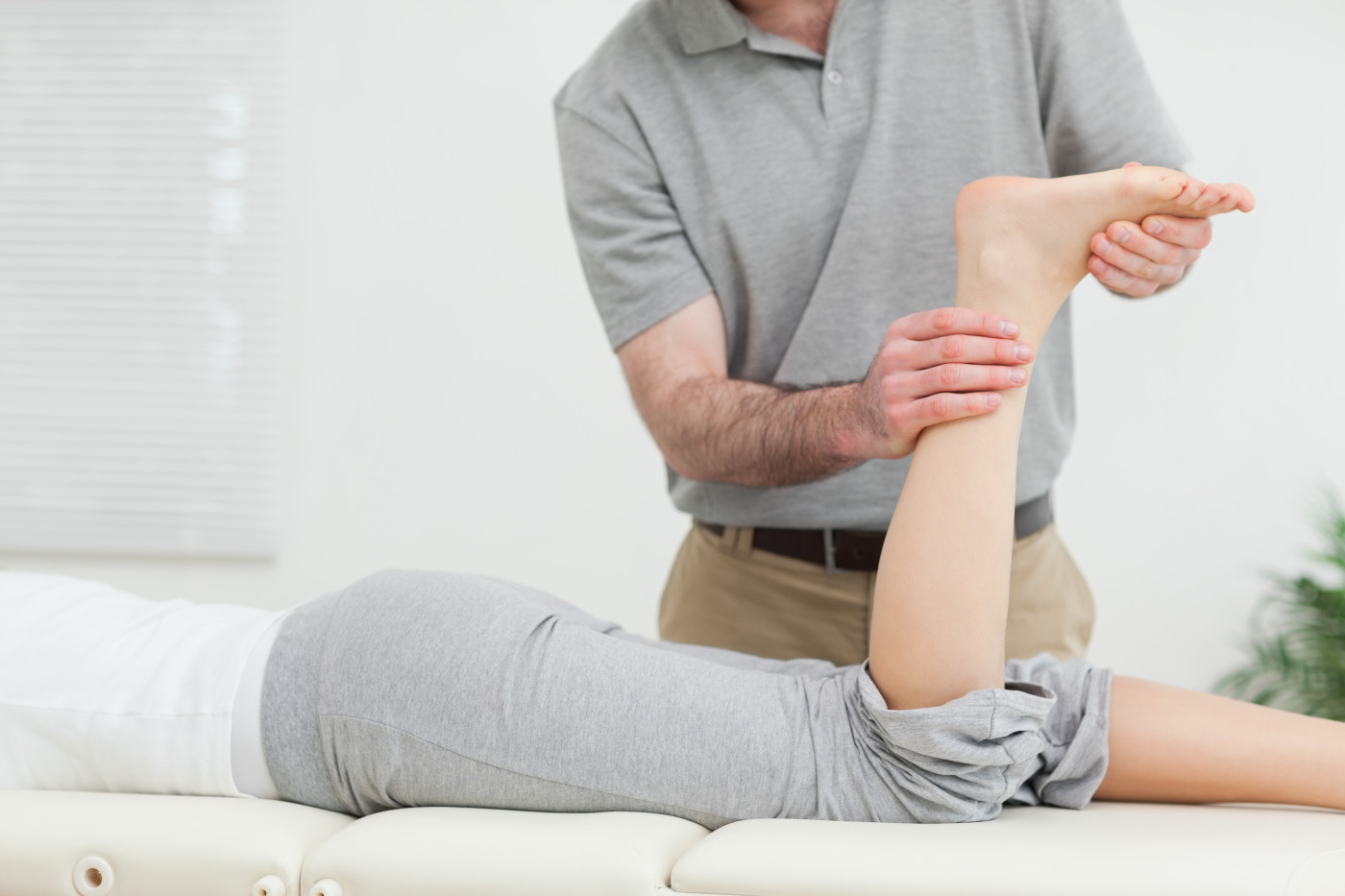Research into Physiotherapy and Rehab for Hemophilia Patients Needed, Review Says

People with hemophilia may benefit from physiotherapy and rehabilitation programs intended to manage bleeding and joint disease (arthropathy), but more research is needed to better understand those programs — and their duration — that might be of most help, a review study says.
The review, “Recent advances in musculoskeletal physiotherapy for haemophilia,” was published in Therapeutic Advances in Hematology.
Excessive bleeding into muscles and joints can lead to a common complication of hemophilia — the progressive degeneration and inflammation of joint cartilages, causing swelling and pain, a condition known as arthropathy.
Prophylactic treatment aims to prevent the development arthropathy, among other complications, by providing patients with made-in-the-lab coagulation factors to replace those that they lack, in order to minimize bleeding episodes — especially in target joints — as much as possible.
Data from systematic reviews and randomized controlled trials suggests that physiotherapy — treatment though physical manipulation that can include exercise or manipulation, from hydrotherapy to stabilizing footwear— and rehabilitation may also help in managing bleeding events.
Researchers focused on reviewing and summarizing recent findings in physiotherapy research of relevance in managing hemophilia symptoms, and on discussing the main challenges faced by physicians and carers providing support to these patients.
Their study included data from six systematic reviews, six narrative reviews, eight randomized controlled trials and 32 observational cohort non-randomized studies.
Several guidelines for managing hemarthroses (bleeding into joints) recommend that patients undergo physiotherapy early to control disease symptoms, minimize damage to joints and to maintain or help restore their function and activity.
But best approaches and an optimal resting period following an episode of muscle or joint bleeding are not established.
“Consensus guidelines issued by the World Federation of Haemophilia (WFH) indicate immobilization should commence immediately after a bleed and continue until pain resolves. In practice, a balance should be established between rest, early mobilization and weight bearing to prevent unwanted complications associated with immobilization, while minimizing rebleeding, synovitis [joint swelling due to fluid accumulation] and cartilage damage,” the researchers wrote.
Rest could be offset by programs to “to restore muscle strength and control … beginning with isometric contractions [muscle contraction without visible joint movement], followed by concentric exercises [muscle contraction with joint movement] based on a symptom approach,” the study notes.
Physical activity is recommended as a first-line treatment for long-term musculoskeletal conditions like osteoarthritis and rheumatoid arthritis, but studies find that 50% to 80% of hemophilia patients avoid physical exercise due to chronic pain in muscles and joints.
Studies addressing the efficacy of physiotherapy and rehabilitation programs for chronic pain management in hemophilia patients are controversial, and report varied results.
“[T]here is reasonable evidence emerging that exercise via its effect on pain, joint ROM [reduced joint range of motion], strength and mobility can have a positive impact on maximizing mobility and function as well as quality of life in PWH [people with hemophilia]. However, due to small numbers of studies and diversity of outcomes, it is not possible to conduct a meta-analysis and confirm efficacy,” the researchers wrote.
Altogether, evidence suggests that physiotherapy and rehabilitation interventions may benefit hemophilia patients, more studies with larger numbers of patients to assess a well-defined core set of clinical outcomes are urgently needed.
“Recent advances in extending evidence for clinical efficacy of physiotherapy interventions and rehabilitation for PWH through robust systematic reviews and RCTs [randomized controlled trials] are applauded. [W]e encourage all researchers and clinicians to identify a core set of outcome measures that will enable future meta-analyses,” the team concluded. “Evaluation of cost effectiveness is also necessary.”





